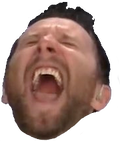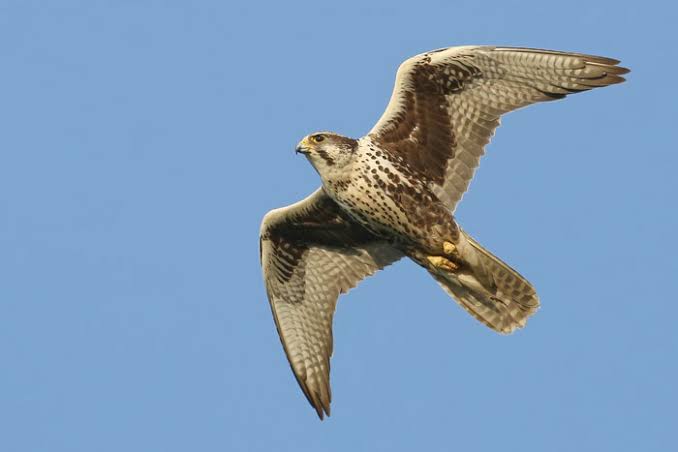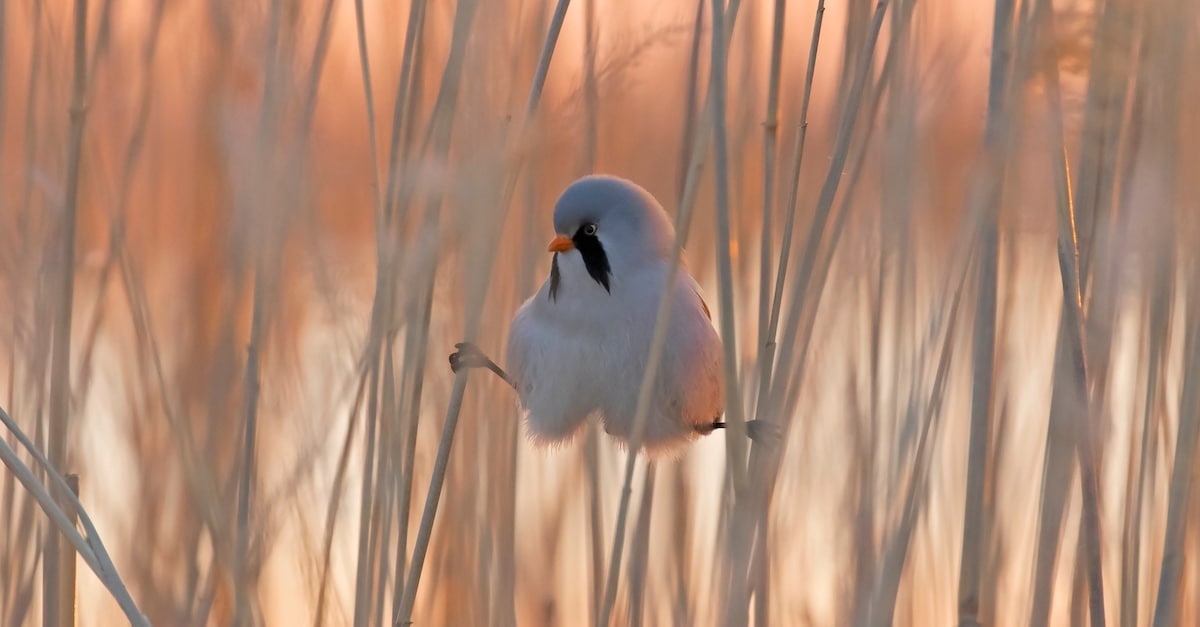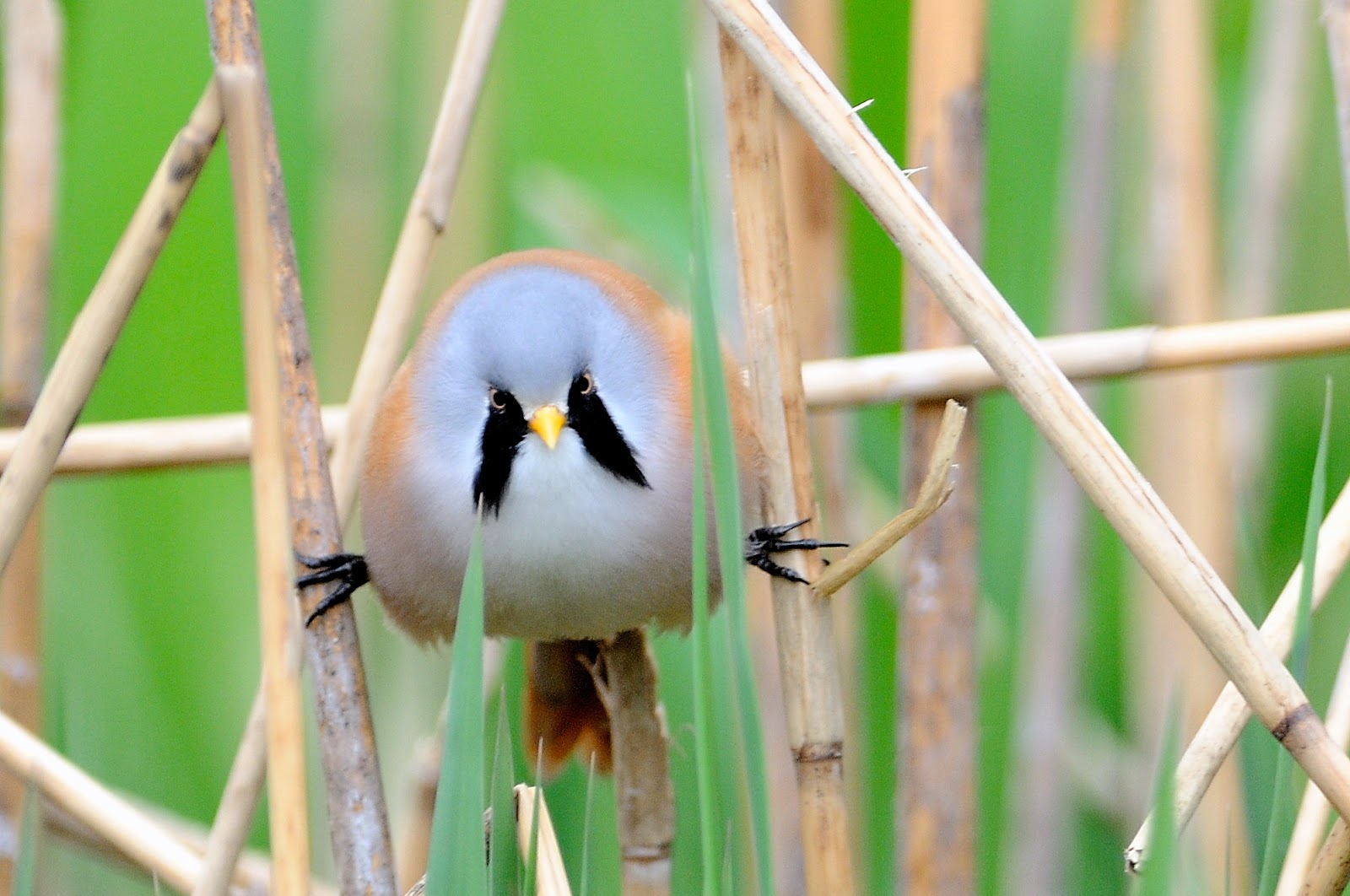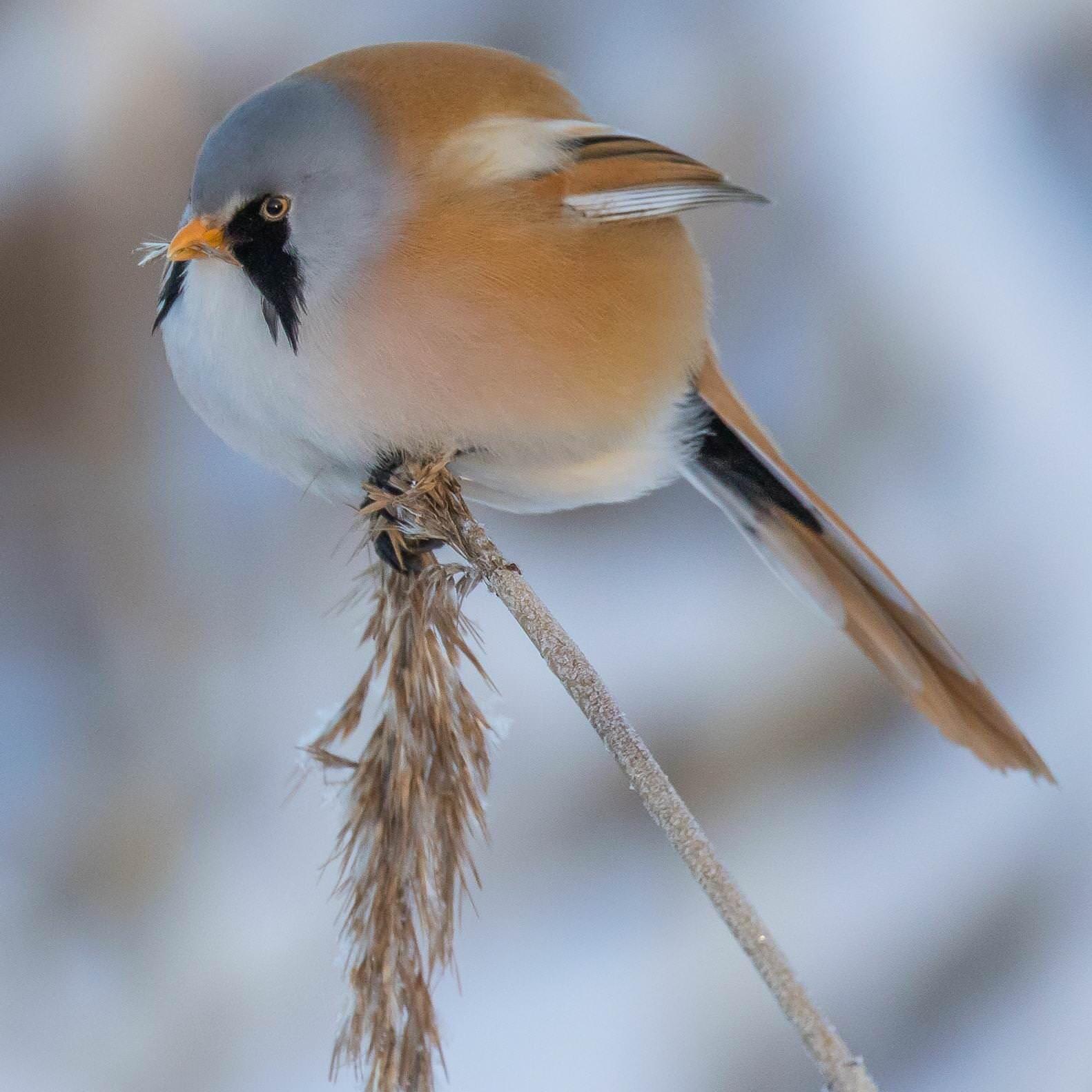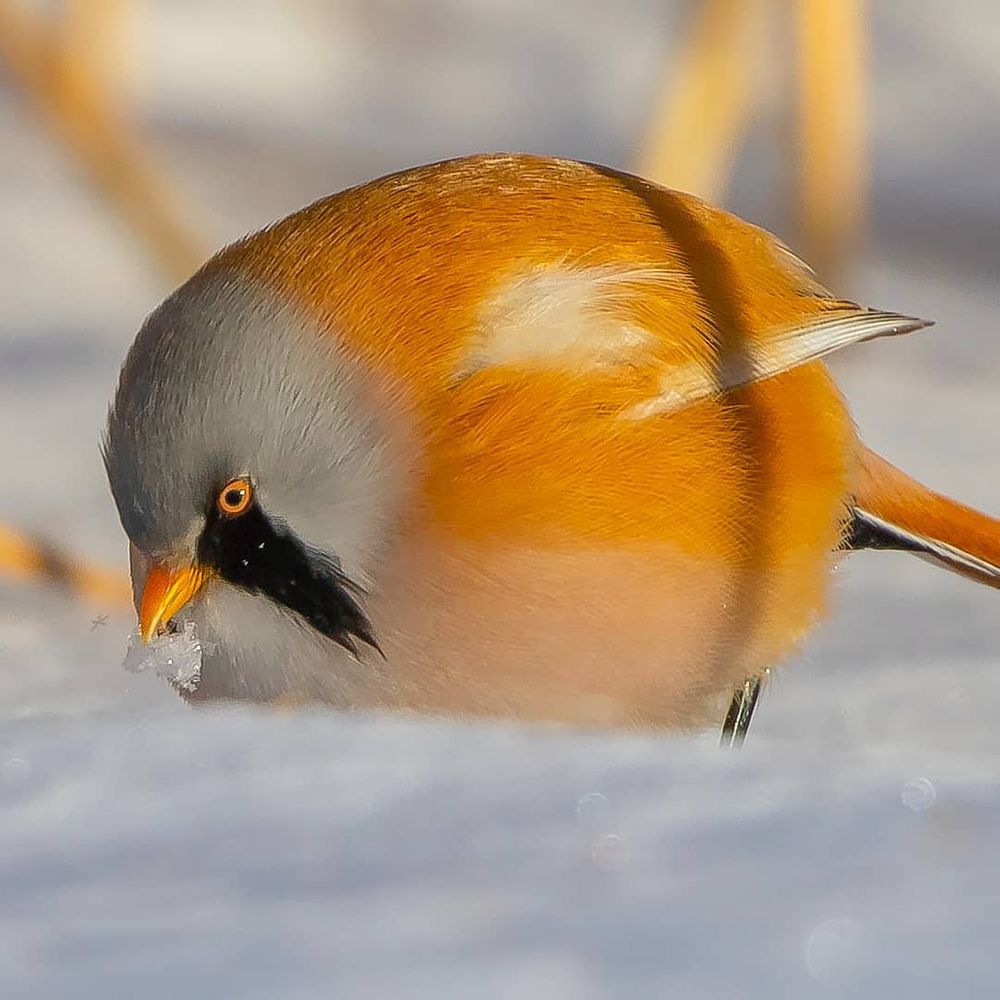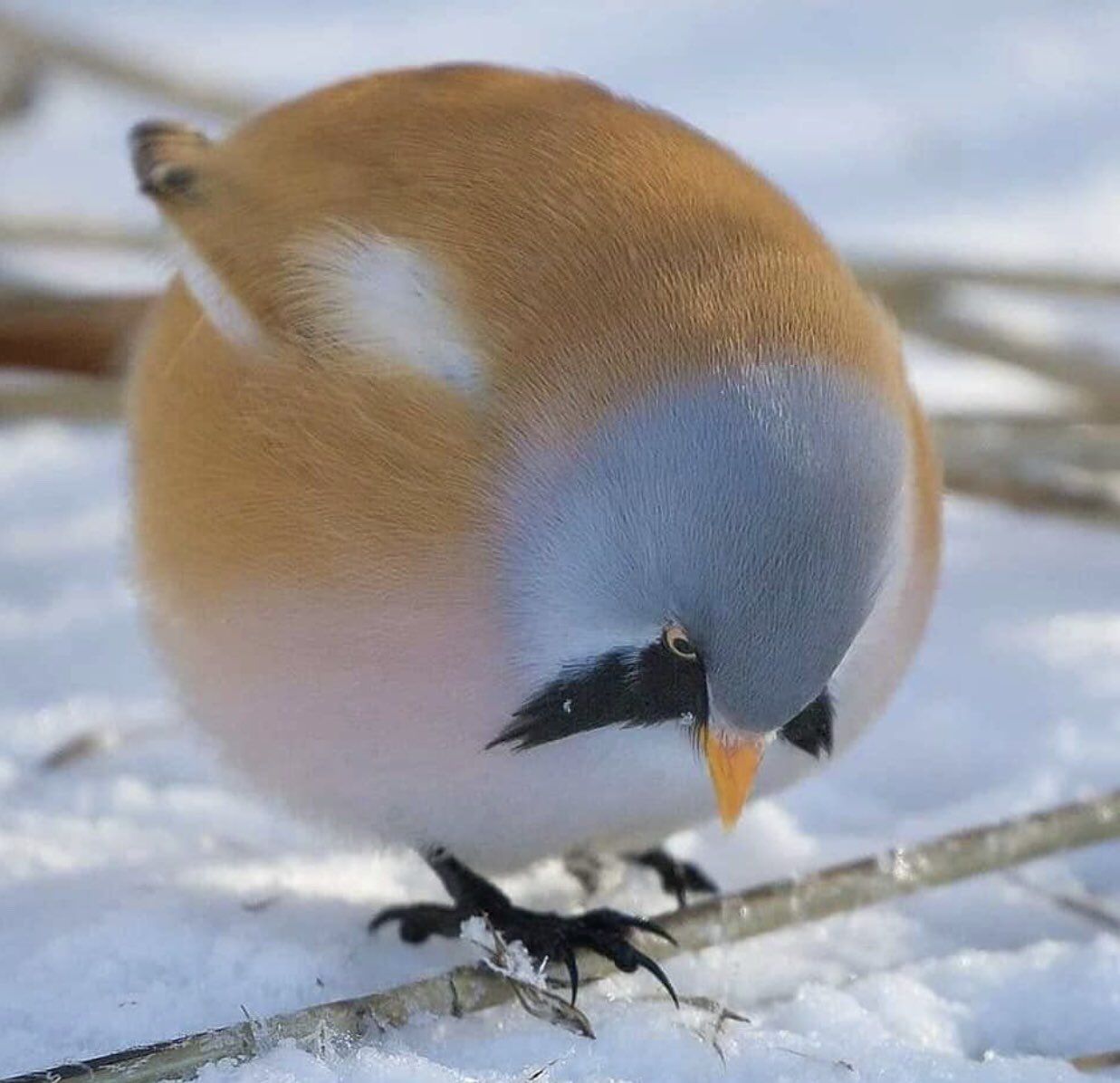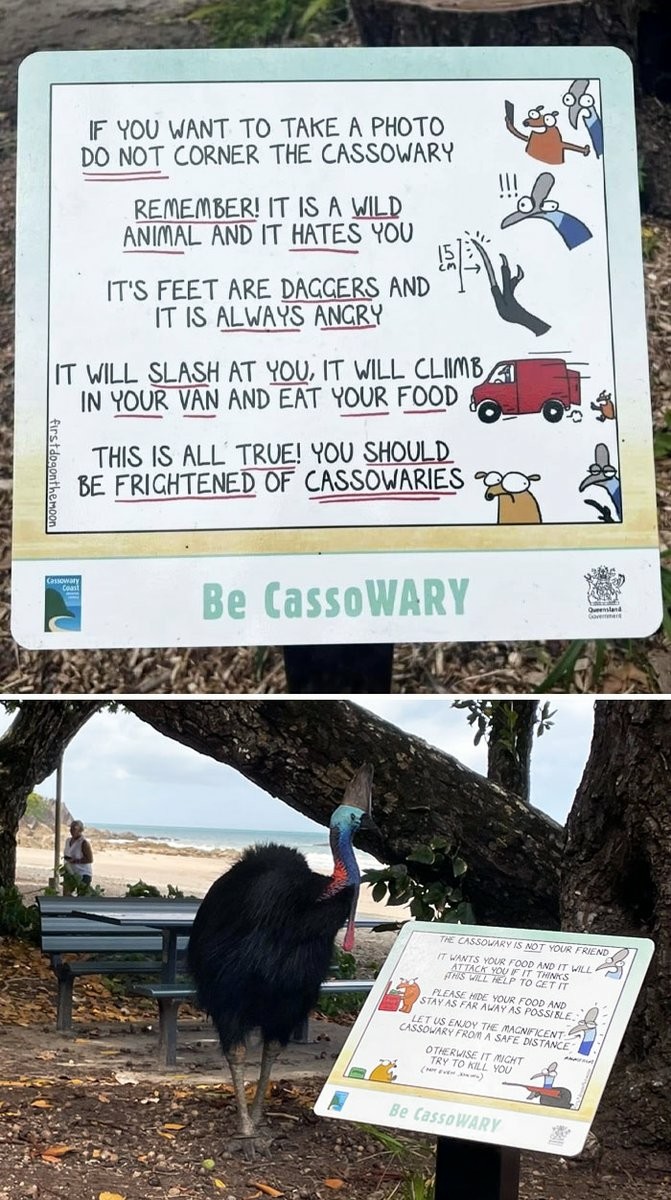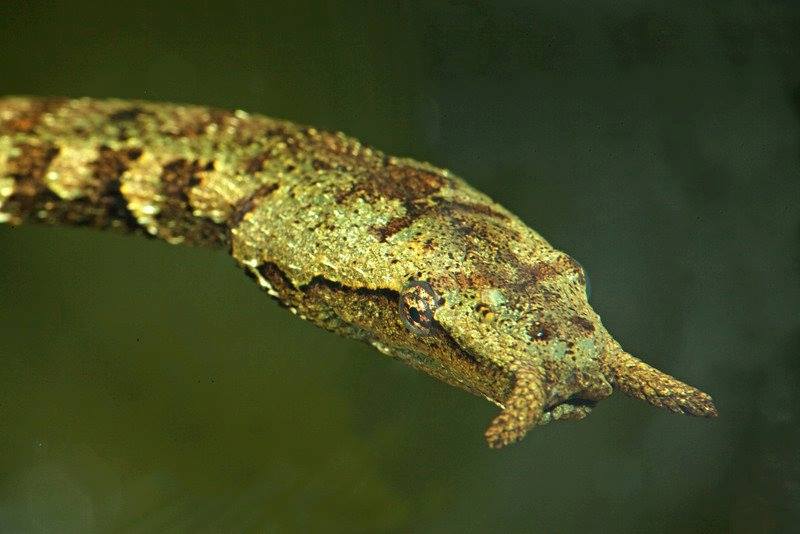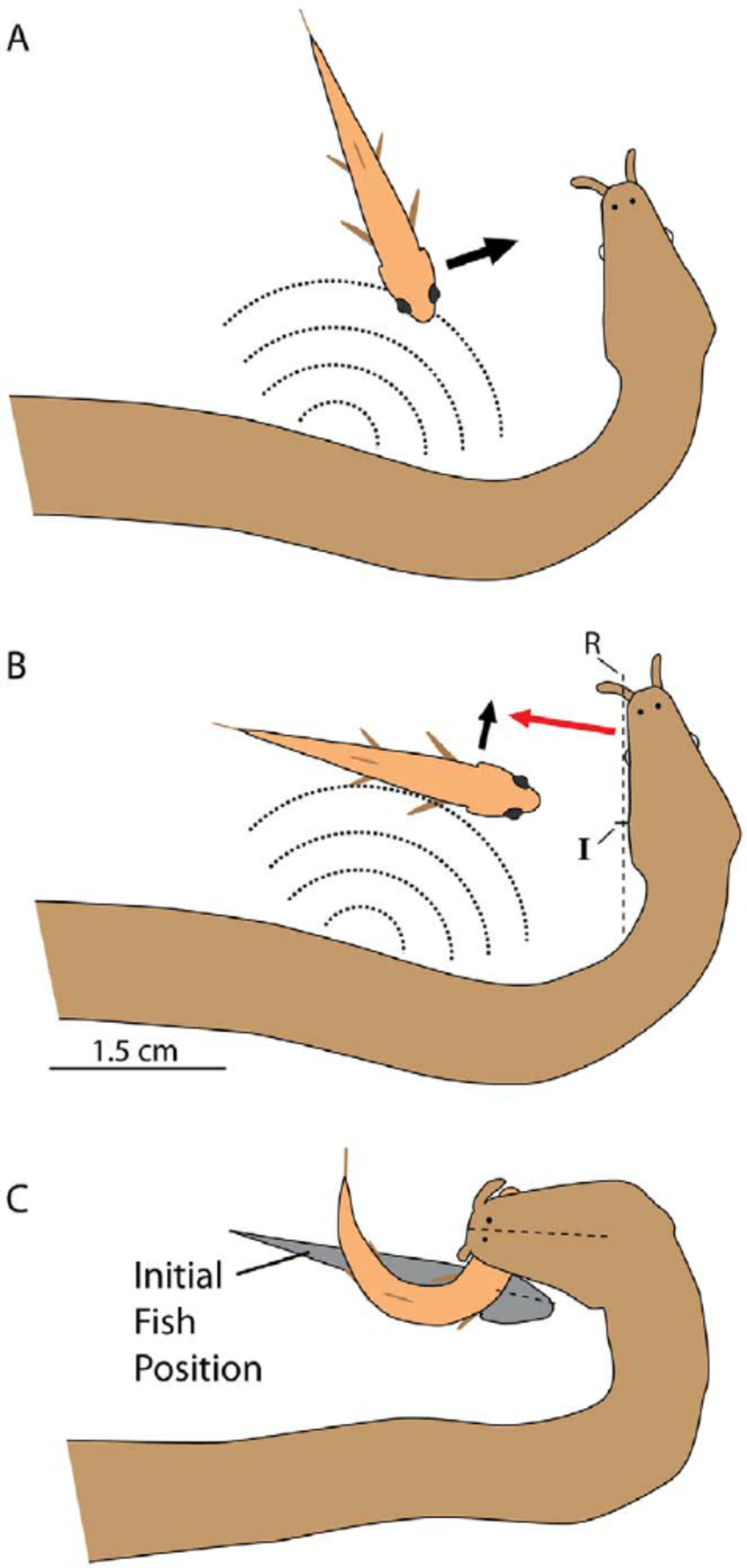earth
12803 readers
30 users here now
The world’s #1 planet!
A community for the discussion of the environment, climate change, ecology, sustainability, nature, and pictures of cute wild animals.
Socialism is the only path out of the global ecological crisis.
founded 3 years ago
MODERATORS
1
2
3
4
5
6
7
8
9
11
12
27
‘We need white men to save the Amazon,’ 92-year-old Indigenous Chief Raoni says
(news.mongabay.com)
13
14
15
16
17
15
Guest post: The forgotten role of logistics in achieving net-zero - Carbon Brief
(www.carbonbrief.org)
18
19
20
21
22
23
24
25
view more: next ›

